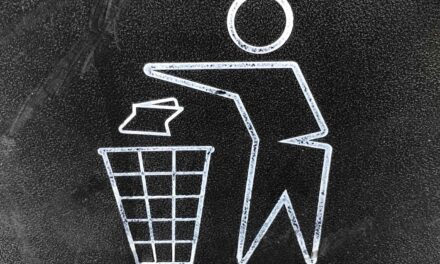Why you should always say no to the proposal that lands on your desk

Can I get a list of the world’s 500 most valuable banking brands?
This was the question asked of me by the Commercial Director of a Premier League Football team when I was working as a valuation analyst.
The data in question was publicly available, so I was happy to oblige. But curiosity got the better of me, and I had to enquire what this senior sales director intended to do with the information she had been given. "It's a great list for my team to call and try to sell our sponsorship".
I was shocked that a leading sports team could give little thought to the brand attributes they offer and the sponsors that could benefit most from partnering with them. This was quickly followed by a realisation that these experienced sales professionals act this way because their machine gun approach has worked in the past. The final sobering thought is the knowledge that CMOs have agreed to such proposals, perhaps unaware that they were simply number 72 on the list of 500 brands called that week.
I don’t envy sales professionals; their job is hard. But the reality is that the chance of the sponsorship proposal that landed on your desk being the most highly aligned and beneficial opportunity available to your organisation is slim to none.
"If you didn't initiate the contact, then it's probably not the right partner for you."
As sponsorship marketing leaders, it is our responsibility to conduct a thorough and honest evaluation of every facet of our organisation, our audience, what we stand for and how our stakeholders perceive us today versus how we wish to be perceived in the future before even considering searching for a new partner. Once that search begins, it must be proactive, internally led, with thorough due diligence on every opportunity that meets the sponsorship objectives.
This process can seem daunting, and when done correctly, it can and should be time-consuming, particularly for smaller organisations with limited resources. However, specific steps can be taken to whittle down the world of opportunity to just a handful of potential partners.
Most industries carry specific attributes that are true of all brands operating within them. All airlines, for example, claim safety to be the number one priority which can help marketers rule out associations with events that could be considered dangerous.
Once we have determined our industry attributes and the sponsorship categories to focus on, we can further filter the world of opportunity by examining the brand attributes unique to the organisation that set us apart from competitors. This is where words like innovation, heritage and experience come into play. Within our specified sponsorship categories of interest, some specific teams or events represent those brand attributes more than others. For example, sticking with Formula 1, a brand looking to increase stakeholder perception of their heritage, would be better served to investigate a partnership with Williams than the younger formed Haas Team.
Examining industry and brand-specific attributes allows us to reduce the ocean of possible opportunities into a refined grouping of well-aligned potential partners. Read the methodology you should use to calculate sponsorship ROI. It is at this stage, however, that the real work begins. Thorough due diligence of each possible partner, their existing partners, their recent performance, the cost and availability and, of course, assessing whether we as sponsors can provide some form of positive contribution to enhance the fan enjoyment or accessibility of the event.
With so much information to consider, the only possible way of benchmarking opportunities against one another to form a clear picture of which will deliver the best returns for your business is with a scorecard of sponsorship metrics pre-determined around the campaign objectives. Then and only then can we begin to at least have a serious discussion about which partner is the best fit. The only thing we know for sure is that if you didn't initiate the contact, then it's probably not the right partner for you.
You may also want to read our article on Avoiding cognitive bias in sponsorship measurement.








